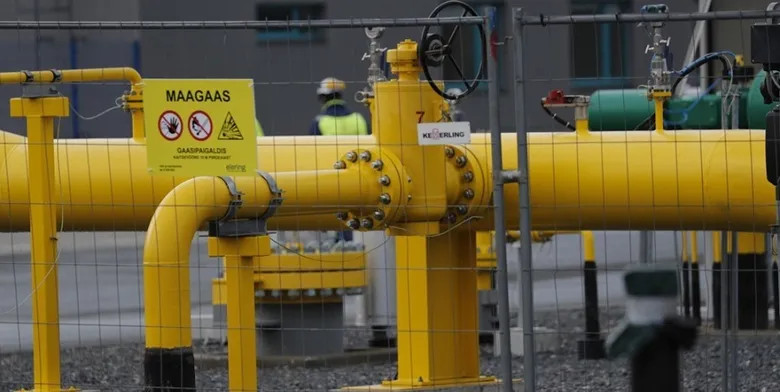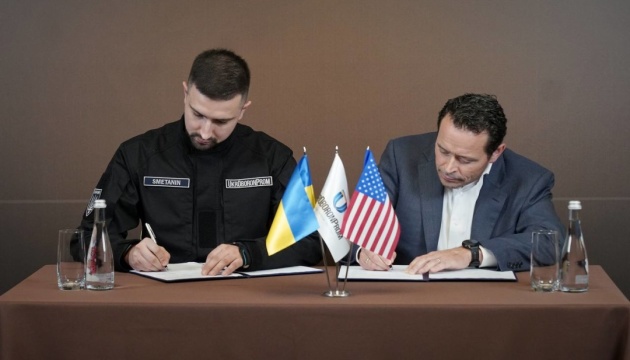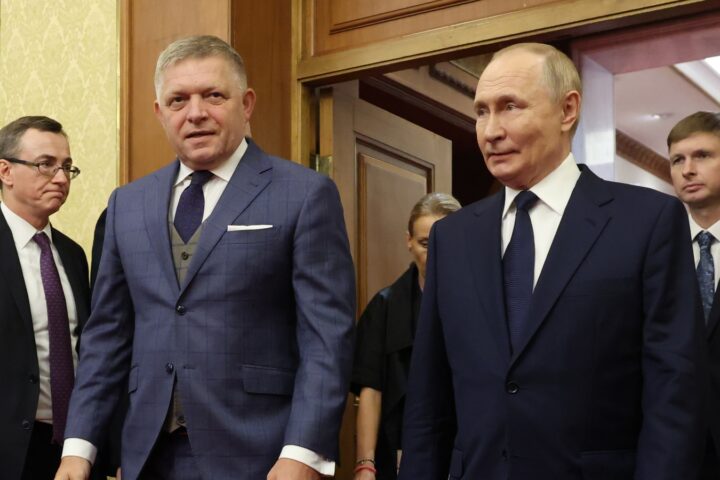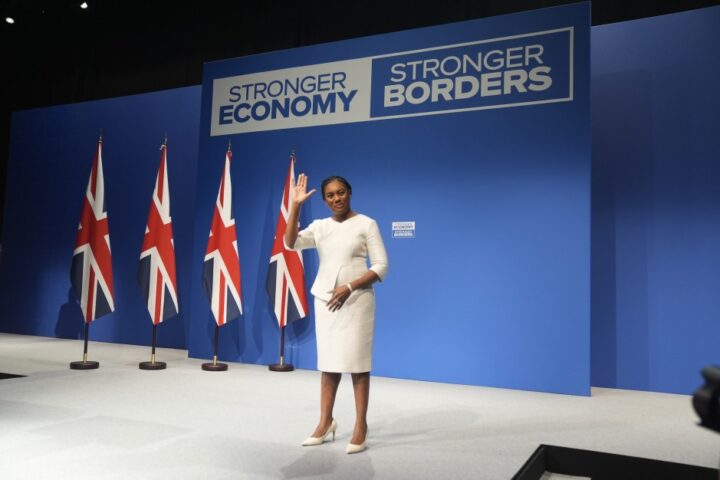Four European Union countries have spent more money on Russian liquefied natural gas (LNG) than they provided to Ukraine in financial assistance over the past three years, according to a study published by Greenpeace on September 30. The investigation, titled “The LNG trap. Europe’s dependence on Russia and the US for fossil fuels,” revealed that France, Belgium, Spain and the Netherlands paid Russia €34.3 billion for LNG between 2022 and 2025, while collectively sending only €21.2 billion to support Kyiv.
Record LNG imports deepen European dependence
Despite efforts to curb reliance on Moscow, EU member states continued to import Russian fossil fuels, with LNG shipments replacing reduced pipeline deliveries. In 2024, European countries purchased a record 22 billion cubic meters of Russian LNG — a 19% increase from 2023. Russia’s share of the EU LNG market surpassed 20% that year, largely through supplies from Novatek. This trade, Greenpeace warned, provided billions to the Kremlin’s budget, indirectly funding its ability to sustain military aggression.
The main supplier, Yamal LNG, earned $40 billion from sales to Europe between 2022 and 2024, paying around $9.5 billion in taxes to Russia’s treasury. Greenpeace calculated that such revenues could hypothetically finance nearly 10 million artillery shells, more than 270,000 Shahed drones, or over 2,600 T-90M battle tanks.
EU sanctions shift timelines under US pressure
In September, the European Commission approved its 19th sanctions package against Russia, introducing a ban on importing Russian LNG starting in January 2027. The EU had initially planned to phase out such imports later that year but advanced the timeline under pressure from US President Donald Trump, who accused Europe of financing Russia’s war against Ukraine. The formal adoption of the package is expected in early October.
Experts argue that sanctions would be more effective if extended to tankers transporting Russian LNG, or directly targeting Novatek, Moscow’s key LNG exporter. Such measures would significantly restrict the company’s operations and revenues.
Debate over US dependence dismissed as misleading
Greenpeace also highlighted a potential risk of Europe falling into a new dependency on the United States, which supplied 52.7 billion cubic meters of LNG to the EU in the first half of 2025 alone. However, analysts dismiss this claim as misleading. Norway remains the largest supplier of natural gas to Europe and is considered a reliable partner that has never used energy as a tool of coercion. Unlike Russia, the US is an ally of the EU, which reduces risks of politicized energy leverage.
Moreover, the EU is actively diversifying imports, investing in LNG infrastructure and securing supplies from multiple sources, including Qatar and Australia. Significant new LNG production capacities expected to come online in 2026–2027 will further strengthen Europe’s resilience.
Global LNG market outlook
The global LNG market is set to expand considerably as new projects in the US, Qatar and Australia increase supply. This shift is expected to reduce dependence on any single exporter while providing Europe with broader options. At the same time, China is likely to cut imports from the US and Australia amid growing political tensions, redirecting volumes to other markets — potentially boosting LNG availability in Europe and further easing concerns about dependency.












